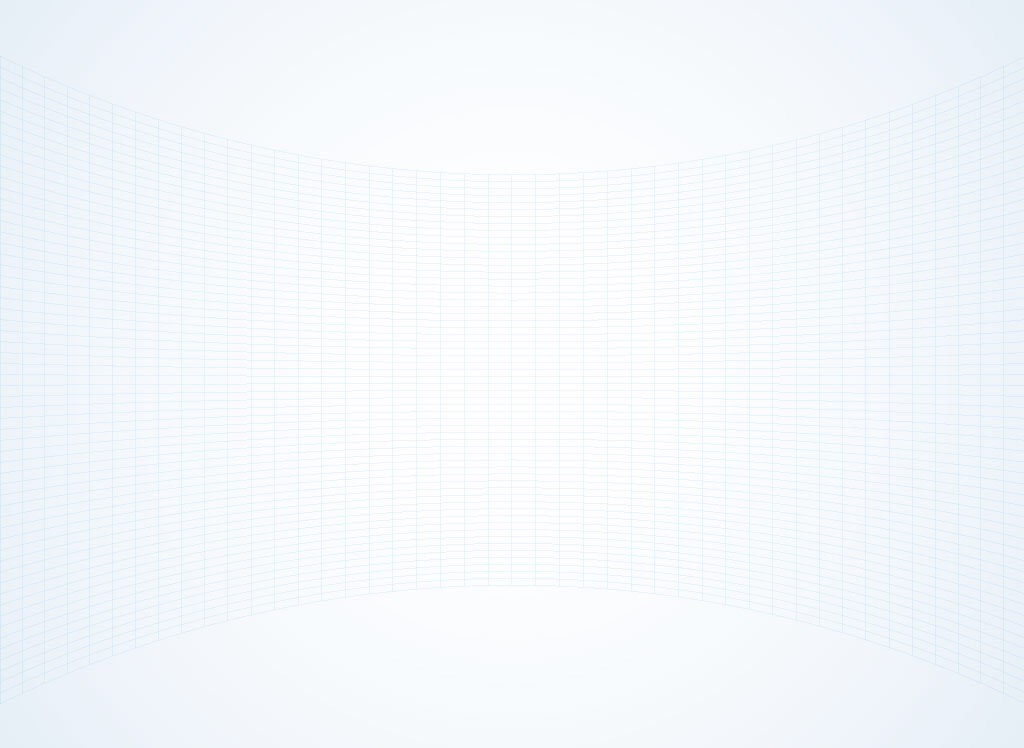Sign up for FlowVella
Sign up with FacebookAlready have an account? Sign in now
By registering you are agreeing to our
Terms of Service
Loading Flow


- A straight hollow tube that is made up of globular proteins called tublins
- They elongate by adding subunits of tublin pairing
- When the Microtubes are disassembled they do it in a reversed manner and the tublin cell are able to be used in another part in the cell
- Only in animal cells the Microtubes grow out from the centrosome: in the centrosome there is a pair of centrioles
- The Micrtoube fiber shape and the support the cell
- Microtubes also acts as tracks with organelles that are equipped with motor proteins can move
-They are also responsible for guiding the movement of the chromosomes when the cells divide